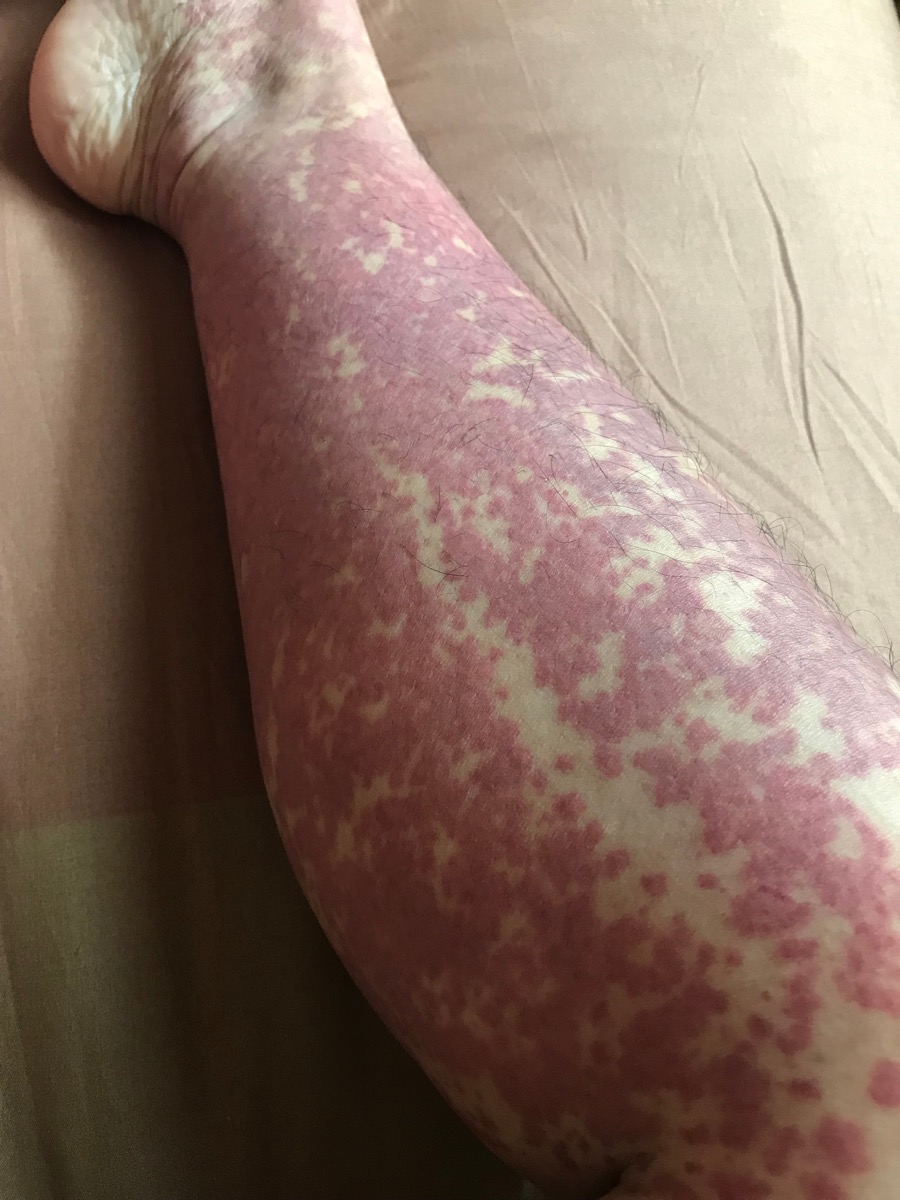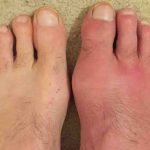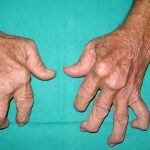Symptoms of Henoch-Schönlein Purpura

Symptoms will occur within days and can worsen over the course of several weeks. The most common symptom is a widespread rash on the backs of the legs, buttocks, back, and torso. The rash is caused by the inflamed blood vessels of the skin and the resulting bleeding. The rash is often feels like small bumps that are palpable and have a reddish/purple color called purpura. More severe cases see purpura that is large raised purplish patches and skin ulcers.
Another symptom is painful joints, similar to arthritis. The joints become swollen. In approximately three-quarters of cases, the knees and ankles are affected. Usually, the swelling will only last a few days and fortunately does not cause long-term joint damage.
The third symptom is abdominal pain and sometimes bleeding from the bowels. Bowel symptoms can be severe. When the kidneys are involved, blood and protein will be present in the urine. In more than half the cases of HSP, the affected experiences an inflamed gastrointestinal tract, leading to loss of appetite, diarrhea, and vomiting alongside blood in the stool.
Although rare, a condition called intussusception, or an abnormal fold in the bowel that causes blockage, has occurred in some patients. The only fix is surgery.
Kidney impairment is mild and will dissipate without long-term damage. However, it is important to monitor the condition of the kidneys closely, because 5-percent of HSP patients develop progressive kidney disease. 1-percent are at risk of going into total kidney failure.
More from Things Health
-
Symptoms of Gout
Gout is a form of inflammatory arthritis characterized by recurrent attacks of a red, tender, hot, and swollen joint. Pain typically comes on rapidly in…
-
Symptoms Of Rheumatoid Arthritis
Rheumatoid arthritis is a chronic autoimmune illness, which accompanies irritation of the joints and apparent deformities. Maybe a virus, causes an attack on the synovium…
-
Mindfulness And Meditation
Meditation was found to have a favorable influence on the body, brain, and spirit. Successful direction of persistent pain, reduction in blood pressure level, and…
-
Symptoms Of Epilepsy
Epilepsy a neurological disorder marked by sudden recurrent episodes of sensory disturbance, loss of consciousness, or convulsions, associated with abnormal electrical activity in the brain.…
-
Symptoms Of An Ulcer
A peptic ulcer is an open sore in the top digestion tract. Both primary kinds of peptic ulcers, a gastric ulcer, which forms in the…






